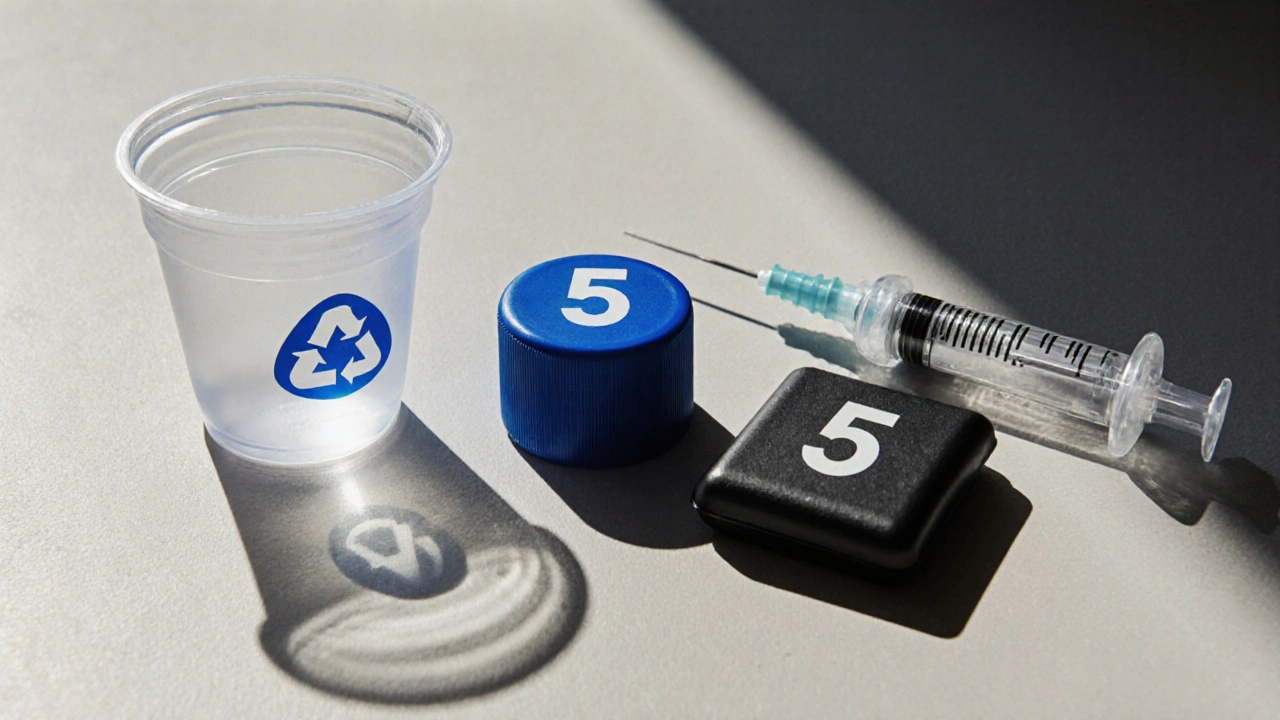Polypropylene: The Core Polymer Fueling Indian Manufacturing
When working with Polypropylene, a versatile thermoplastic polymer known for its strength, chemical resistance, and low cost. Also called PP, it is used across a wide range of sectors, from packaging and automotive parts to textile fibers and medical devices. Polymer, the broader class of large‑molecule compounds, provides the basic building blocks for plastics, and polypropylene is one of its most commercialized members. The Plastic industry, which supplies everything from everyday containers to high‑performance components, depends heavily on polypropylene because it balances performance and price. Moreover, as India pushes for greener production, recycling processes that turn post‑consumer waste back into usable material have become a crucial factor shaping polypropylene’s role in the market.
Why Polypropylene Matters in India’s Growing Sectors
India’s manufacturing landscape is booming, and polypropylene sits at the heart of that growth. In the textile arena, the polymer is spun into non‑woven fabrics that power medical masks, protective clothing, and inexpensive upholstery—products that dominate the export tables highlighted in recent industry reports. In automotive manufacturing, lightweight polypropylene components help meet strict fuel‑efficiency standards while keeping costs down, a trend visible in the shift of local car makers toward more polymer‑based parts. The packaging sector, another major user, leverages polypropylene’s barrier properties to extend shelf life of food and pharmaceuticals, aligning with the country’s rising consumer demand. All these applications share a common thread: they require a material that can be molded, welded, and recycled with minimal energy input, making polypropylene the go‑to solution for Indian producers seeking both durability and sustainability.
Looking ahead, the synergy between polypropylene, advanced polymerization techniques, and expanding recycling infrastructure will dictate how quickly Indian manufacturers can meet global standards while reducing waste. Below, you’ll find a curated collection of articles that dive into specific market dynamics—textile innovations, automotive case studies, packaging breakthroughs, and policy shifts affecting recycling—providing a practical roadmap for anyone interested in leveraging polypropylene in today’s competitive landscape.

Code 5 Plastic Explained: Uses, Recycling & Safety
Learn what code 5 plastic (polypropylene) is, its key properties, common uses, recycling challenges, safety facts, and tips for proper disposal.
